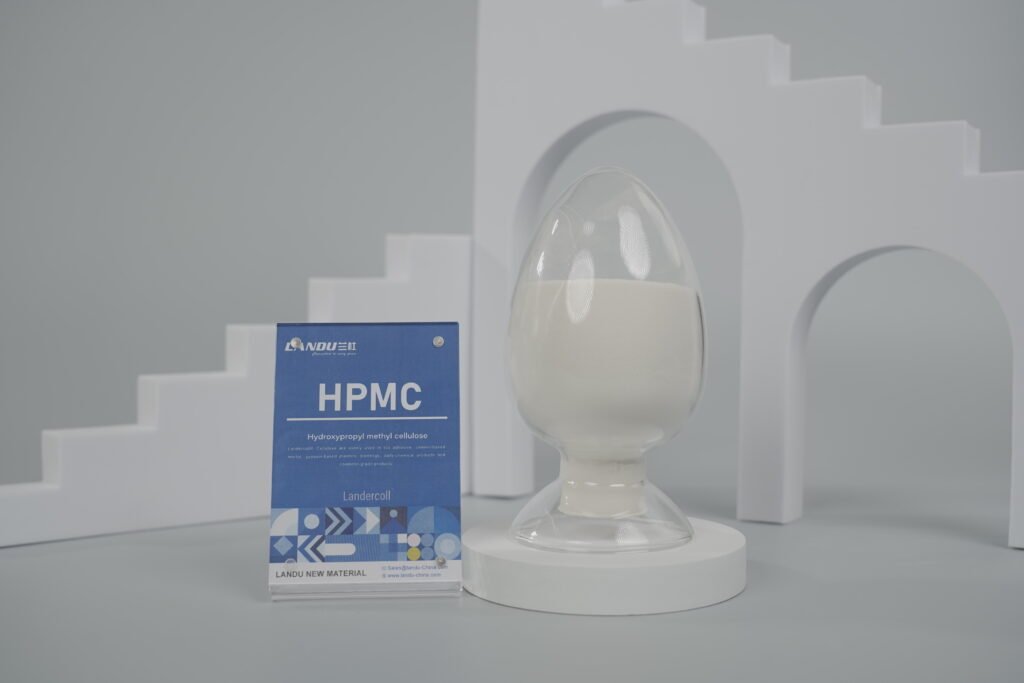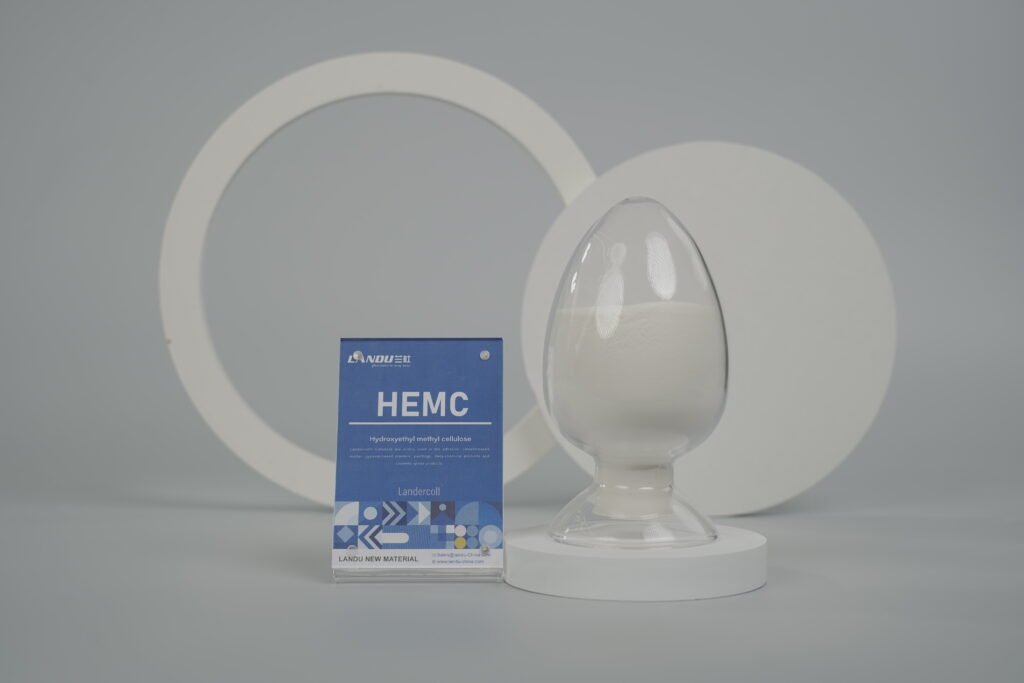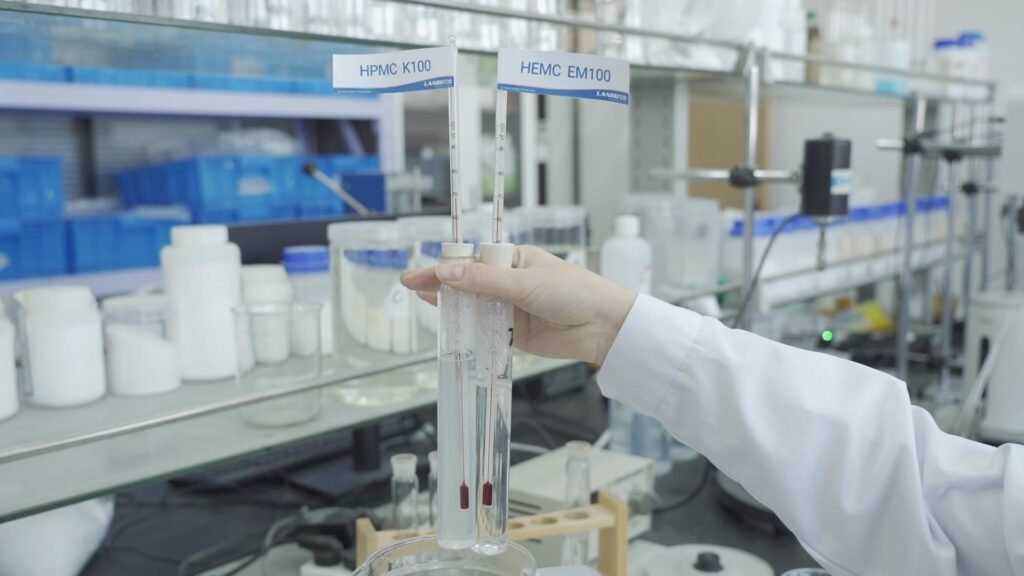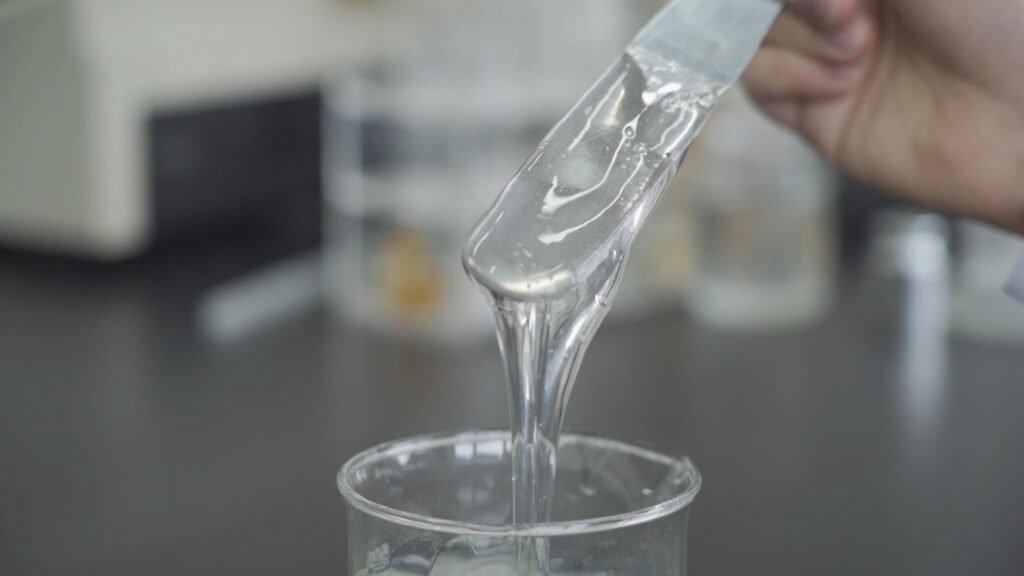How to Choose the Right Cellulose Ether(HEMC vs. HPMC) for Your Formulations?
Why Choosing the Right Cellulose Ether is Essential for Product Success?
In the world of formulation chemistry, selecting the correct functional additives like thickeners, binders, or stabilizers is pivotal to a product’s performance, consistency, and long-term stability. Among the various additives available, Hydroxyethyl Methyl Cellulose (HEMC) and Hydroxypropyl Methyl Cellulose (HPMC) are two of the most widely used cellulose ethers. These water-soluble, non-ionic polymers are derived from cellulose, and despite their similarities, their distinct molecular structures—hydroxyethyl (-CH₂CH₂OH) in HEMC and hydroxypropyl (-CH₂CH(OH)CH₃) in HPMC—give rise to different physicochemical behaviors that influence their suitability across a range of industries.
For example, in the construction industry, HEMC’s superior thermal stability makes it ideal for formulations used in tile adhesives exposed to high temperatures. On the other hand, HPMC’s lower gelation threshold and rapid gelation properties make it perfect for pharmaceutical coatings or food thickeners. A misstep in choosing between these cellulose ethers can lead to formulation issues such as cracking adhesives, ineffective drug release, or unstable emulsions in personal care products.
In this article, we will explore the structural and functional differences between HEMC and HPMC, providing you with the knowledge needed to select the right cellulose ether for your specific formulation needs.
Key Differences Between HEMC and HPMC: What to Consider


Although both HEMC and HPMC belong to the cellulose ether family, subtle differences in their properties can significantly impact their performance in various applications. Key factors to consider when choosing between HEMC and HPMC include:
- Gelation Temperature:How the polymer behaves under thermal stress and its influence on processing and final product stability.
- Viscosity Profile:The ability to modulate viscosity and flow properties for various types of formulations.
- Cost-Effectiveness:The balance between raw material costs and the desired formulation performance.
- Application-Specific Features:How each cellulose ether performs in specific industrial sectors, such as construction, pharmaceuticals, and food.
Let’s examine each factor in greater detail.

The gelation temperature is a critical property of cellulose ethers, as it determines how the polymer behaves when subjected to heat. This property is particularly important in formulations that undergo processes like drying, curing, or high-temperature application.
HPMC:
- Gelation Range: 55–75°C (ISO 5356, 2% aqueous solution)
- Molecular Mechanism: The hydroxypropyl groups in HPMC cause steric hindrance, which weakens hydrogen bonding and lowers the thermal stability of the polymer.
- Applications: Ideal for low-temperature applications like pharmaceutical film coatings (pan-coating at 50–60°C), food thickeners for sauces (pasteurization at 60–70°C), and low-temperature curing adhesives.
- Failure Mode: In hot climates or high-temperature systems, HPMC may prematurely gel, causing problems such as cracking in cement slurries or incomplete film formation in tablets.
HEMC:
- Gelation Range: 70–90°C (ASTM D1439, 2% solution)
- Molecular Mechanism: The hydroxyethyl groups in HEMC form more stable hydrogen bonds, requiring higher temperatures for gelation.
- Applications: Best for cementitious systems exposed to high ambient temperatures (e.g., 45°C+), hot-applied mortars, and bitumen emulsions in road paving.
- Failure Mode: In cooler applications (e.g., low-temperature pharmaceutical coating), HEMC’s higher gelation temperature may lead to delayed gelation and incomplete film formation.

Viscosity is one of the most important properties to control in formulations, as it impacts characteristics like flow, sag resistance, and the final product’s performance. HEMC and HPMC show differing rheological behaviors due to their distinct molecular structures.
HEMC:
- 2% Solution Viscosity: 50,000–60,000 mPa·s (Brookfield LV, spindle #4, 20 RPM)
- Shear-Thinning Ratio: 8–12 (high pseudoplasticity)
- Advantage: HEMC can achieve higher viscosities at lower concentrations, making it more efficient in formulations requiring high build or shear resistance.
HPMC:
- 2% Solution Viscosity: 30,000–40,000 mPa·s
- Shear-Thinning Ratio: 5–8 (moderate pseudoplasticity)
- Advantage: HPMC offers smoother flow, making it suitable for applications that require controlled, reversible viscosity, such as cosmetics and food products.
Both HEMC and HPMC find broad use across various sectors, but each excels in specific industries due to its unique properties.
HEMC Applications:
- Construction:Ideal for cementitious materials, tile adhesives, self-leveling compounds, and coatings, particularly in high-temperature environments.
- Paints and Coatings:Provides excellent stability in variable temperature conditions, ensuring consistent performance.
- Bitumen and Asphalt:Used in emulsions for road paving, providing the heat resistance needed for high-temperature processes.
HPMC Applications:
- Personal Care:Widely used in shampoos, lotions, creams, and other cosmetic products due to its ability to control viscosity and enhance the sensory experience.
- Pharmaceuticals:Serves as a binder, controlled-release agent, and film former in tablet coatings.
- Food Products:Commonly used in sauces, dressings, and dairy products as a thickener or stabilizer.
4. Cost-Effectiveness: Balancing Performance and Expense
Cost efficiency is crucial for formulators, especially when working with large-scale applications. HEMC and HPMC offer different cost-benefit trade-offs depending on the desired performance.
HEMC:
- Advantages:Due to its higher viscosity at lower concentrations, HEMC often provides a more cost-effective solution in high-demand applications, allowing formulators to reduce raw material usage by up to 25–40%.
HPMC:
- Advantages:Although HPMC may require higher concentrations to achieve similar viscosity, it offers greater flexibility in applications requiring lower gelation temperatures and smoother rheological behavior.
Case Study: Tile Adhesive Formulation in Hot Climates

- Challenge: A manufacturer in the Middle East experienced cracking in tile adhesives due to the high ambient temperatures (45-50°C).
- Root Cause: The original HPMC-based formula gelled prematurely at 65°C, losing water retention during the cement hydration process (exothermic peak: 75°C).
- Solution: After switching to HEMC (with a gelation temperature of 85°C), water retention was maintained during hydration, and cracks were reduced by 60% (ASTM C627 testing).
Conclusion: Making the Right Choice for Your Formulation Needs
In conclusion, selecting the right cellulose ether—HEMC or HPMC—depends on the unique requirements of your formulation. Consider the following:
Choose HEMC if you need:
- Higher temperature resistance and stability
- Higher viscosity at lower concentrations
- Cost-effective performance for large-scale production
- Applications requiring superior shear-thinning properties
Choose HPMC if you need:
- Faster gelation and more flexible viscosity control
- Excellent performance in personal care, food, and pharmaceuticals
- Quick setup and ease of use for rapid processing in formulations
Need Expert Guidance on Selecting the Right Cellulose Ether?
If you need assistance with selecting the ideal cellulose ether for your specific application, contact Landu’s expert team today. Our specialists can provide personalized recommendations and help optimize your formulations to meet performance and cost requirements.

